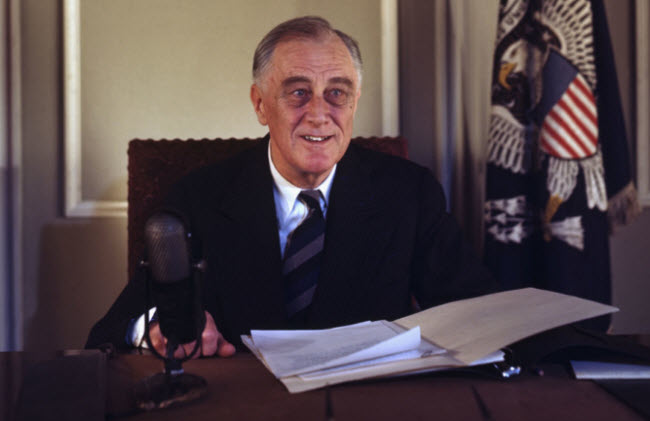Franklin D. Roosevelt, the 32nd President of the United States, is often remembered as one of the most esteemed and respected leaders in American history. Serving an unprecedented four terms from 1933 to 1945, Roosevelt’s presidency spanned some of the most challenging years in U.S. history, including the Great Depression and World War II. Despite facing significant personal health challenges due to polio, which left him paralyzed from the waist down, Roosevelt’s leadership and vision helped steer the country through economic hardship and global conflict, solidifying his legacy as one of the greatest presidents in American history.
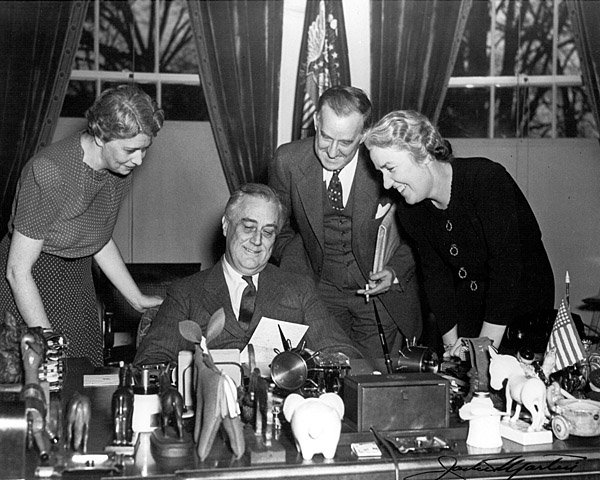
Early Life and Education
Franklin Delano Roosevelt was born on January 30, 1882, in Hyde Park, New York, into a wealthy and influential family. He was the only child of James Roosevelt and Sara Ann Delano Roosevelt. The Roosevelts were a prominent family with deep roots in American society, having amassed their fortune through business and real estate investments. Growing up in the family’s estate, “Springwood,” located in the Hudson River Valley, Franklin enjoyed a privileged upbringing.
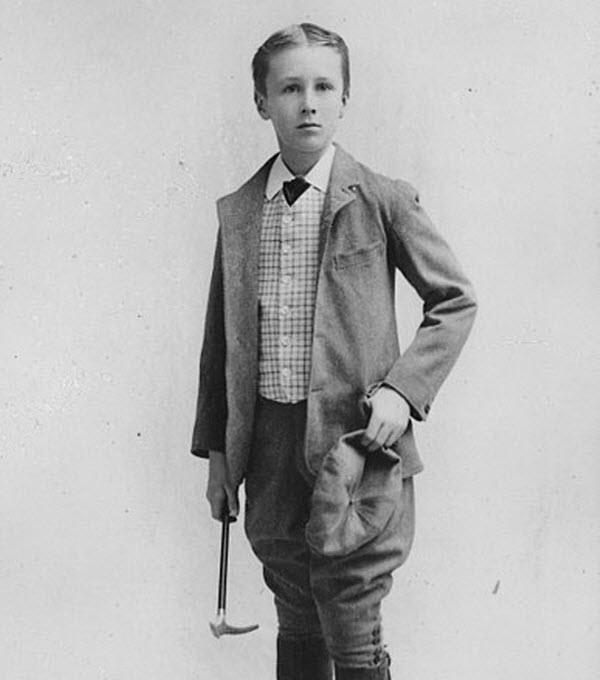
As an only child, Franklin was surrounded by attention and was educated at home by tutors until he was 14. His mother, Sara, played a dominant role in his upbringing, and her influence remained strong throughout his life. In 1896, Roosevelt enrolled in Groton School, a prestigious preparatory school in Massachusetts. His time at Groton was challenging; he struggled to fit in with his peers, who excelled in athletics, an area where Franklin did not thrive. However, the school’s emphasis on public service inspired him, particularly the teachings of the headmaster, Endicott Peabody, who encouraged students to help the less fortunate.
In 1900, Roosevelt entered Harvard University, determined to make a name for himself. While at Harvard, he was an average student academically but was active in campus life, becoming a member of the Alpha Delta Phi fraternity and serving as editor of the “Harvard Crimson.” He graduated in just three years. During his time at Harvard, he married Eleanor Roosevelt, his fifth cousin once removed, on March 17, 1905.
After Harvard, Roosevelt attended Columbia Law School but left after passing the bar exam in 1907 without completing his degree. He briefly practiced law in New York City but found the work dull and unfulfilling, prompting him to seek a more dynamic career path.
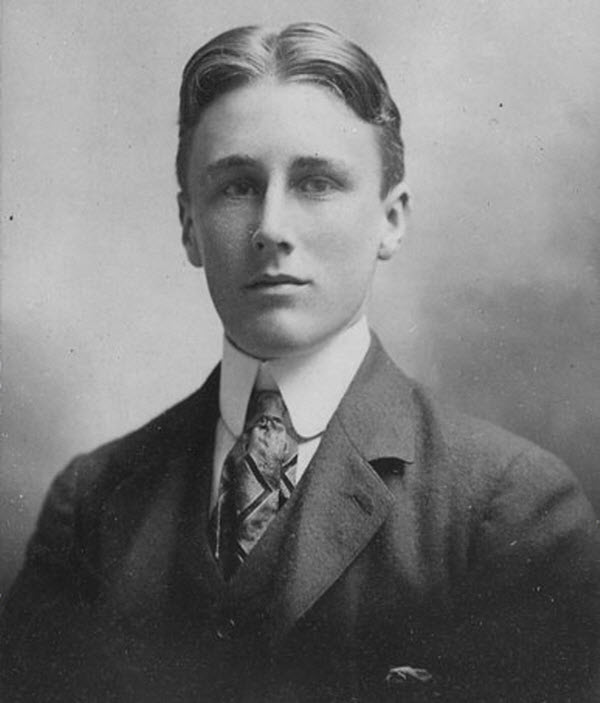
Political Career
Roosevelt’s political career began in 1910 when he was invited to run for the New York State Senate as a Democrat in a district that had not elected a Democrat in over three decades. Despite the odds, he won the seat, thanks in part to his family name and his vigorous campaigning. As a state senator, Roosevelt became known for his independent streak, often clashing with the Democratic party bosses. His stance against party corruption earned him public admiration, but also made him enemies within the party.
In 1912, Roosevelt was re-elected to the state senate and soon after, supported Woodrow Wilson’s successful bid for the presidency. As a reward, Wilson appointed Roosevelt as Assistant Secretary of the Navy, a position his cousin, Theodore Roosevelt, had used as a springboard to the presidency. Roosevelt proved to be an effective administrator, advocating for a strong navy and modernizing the fleet, but grew frustrated with being second-in-command.
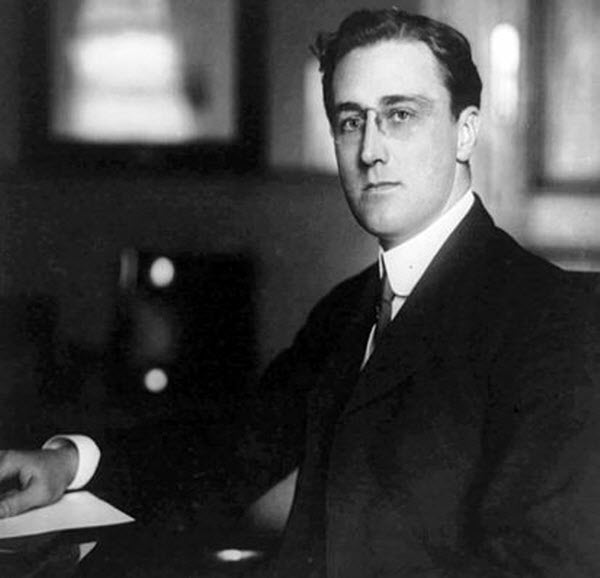
In 1914, Roosevelt ran for the U.S. Senate seat from New York but was defeated in the Democratic primary, largely due to lack of support from President Wilson and the Democratic establishment in New York. Despite this setback, Roosevelt continued to build his political network, and in 1920, he was chosen as the vice-presidential candidate on the Democratic ticket with James M. Cox. The ticket was defeated by the Republican duo of Warren G. Harding and Calvin Coolidge, but the experience broadened Roosevelt’s national appeal.
Presidency and the New Deal
After the stock market crash of 1929 and the onset of the Great Depression, Roosevelt saw an opportunity to re-enter politics. He was elected Governor of New York in 1928 and re-elected in 1930, where he gained a reputation for his progressive policies and proactive governance.
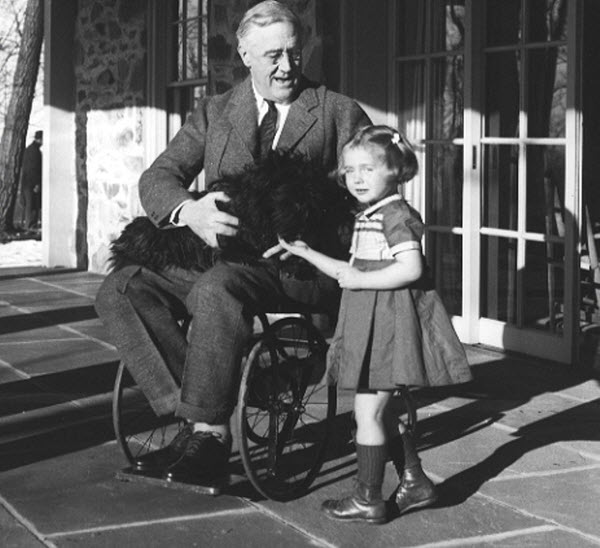
In 1932, amid the depths of the Great Depression, Roosevelt was elected President of the United States. He immediately set to work implementing his “New Deal,” a series of economic programs and reforms designed to provide relief, recovery, and reform to the nation’s struggling economy. During his first 100 days in office, Roosevelt passed sweeping legislation, including the establishment of agencies like the Civilian Conservation Corps (CCC), the Agricultural Adjustment Administration (AAA), and the National Recovery Administration (NRA). These initiatives aimed to reduce unemployment, boost agricultural prices, and stimulate industrial recovery.
By 1936, the economy showed signs of recovery, and Roosevelt won re-election by a landslide. However, his New Deal policies faced significant opposition from conservative lawmakers and the Supreme Court, which struck down several key pieces of legislation. Roosevelt responded with a controversial plan to expand the Supreme Court, but the proposal was met with fierce resistance and ultimately failed.
World War II and Leadership on the Global Stage
As the 1930s progressed, Roosevelt became increasingly concerned with the rise of totalitarian regimes in Europe and Asia. Initially, the United States adopted an isolationist stance, but Roosevelt gradually shifted public opinion towards supporting the Allies through measures such as the Lend-Lease Act of 1941, which provided vital supplies to countries fighting against Nazi Germany and Imperial Japan.
The attack on Pearl Harbor on December 7, 1941, marked a turning point for the United States, bringing the nation directly into World War II. Roosevelt proved to be a decisive wartime leader, forging strong alliances with leaders like Winston Churchill and Joseph Stalin, and playing a crucial role in planning military strategy and coordinating the war effort.
Under Roosevelt’s leadership, the United States emerged from the war as a dominant global power, and he was instrumental in establishing the United Nations in 1945. However, Roosevelt did not live to see the end of the war; he died on April 12, 1945, from a cerebral hemorrhage, leaving a legacy of bold leadership during one of the most turbulent periods in modern history.
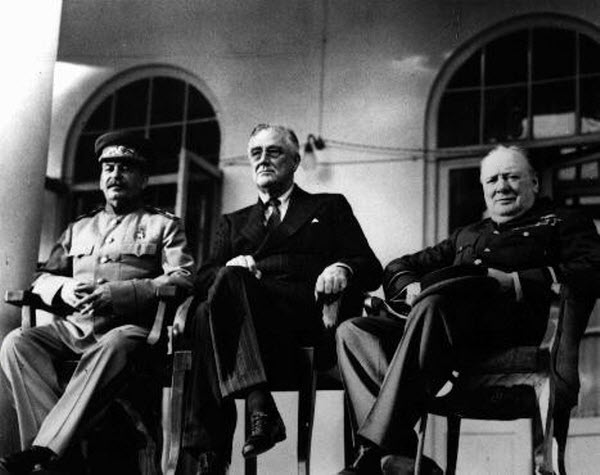
Legacy
Franklin D. Roosevelt’s presidency transformed the role of the federal government in American life, expanding its reach and responsibility in ways that continue to be felt today. His New Deal policies helped lift the country out of the Great Depression, and his leadership during World War II helped shape the post-war world order. Despite his physical limitations, Roosevelt’s optimism, resilience, and determination inspired a nation during some of its darkest days. His ability to navigate both domestic and international crises with skill and vision solidified his place as one of the greatest American presidents.
